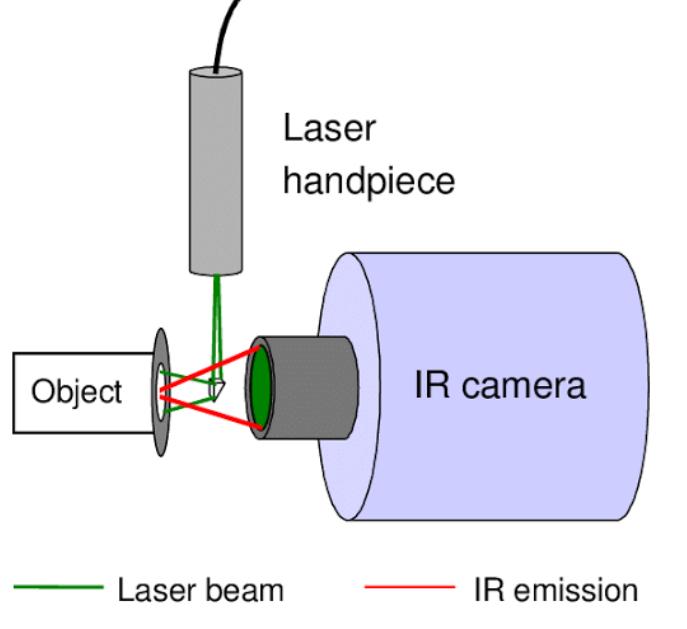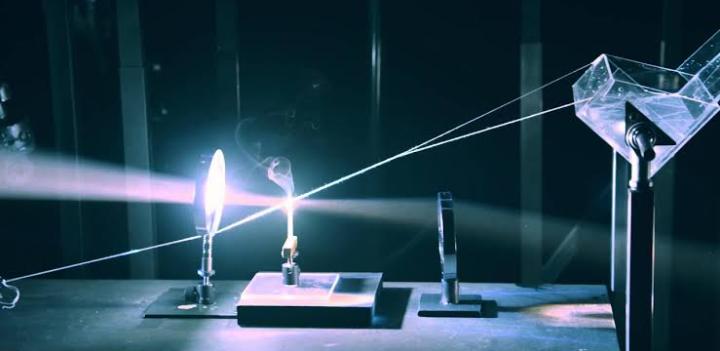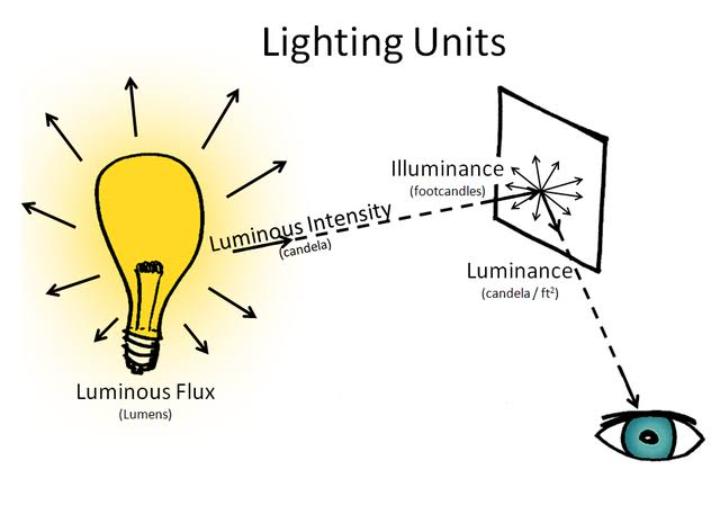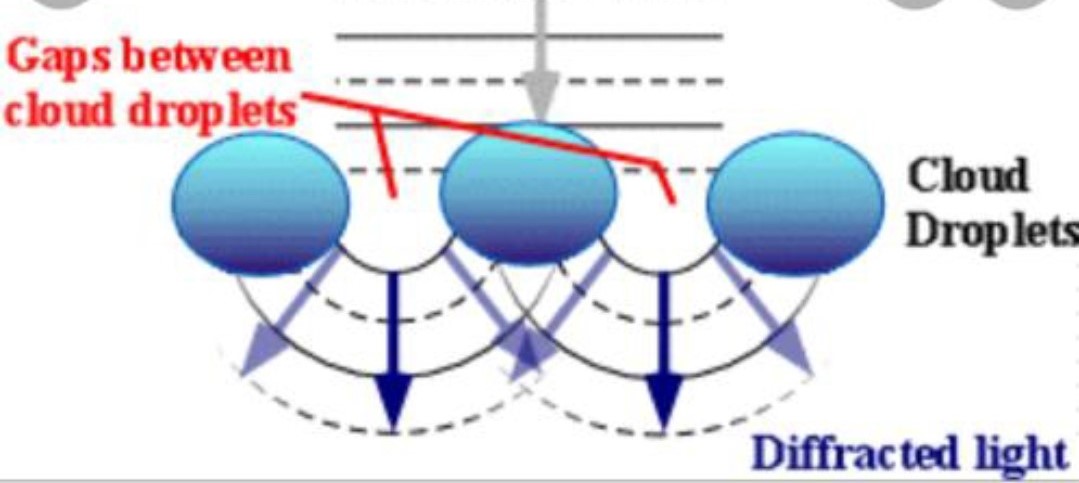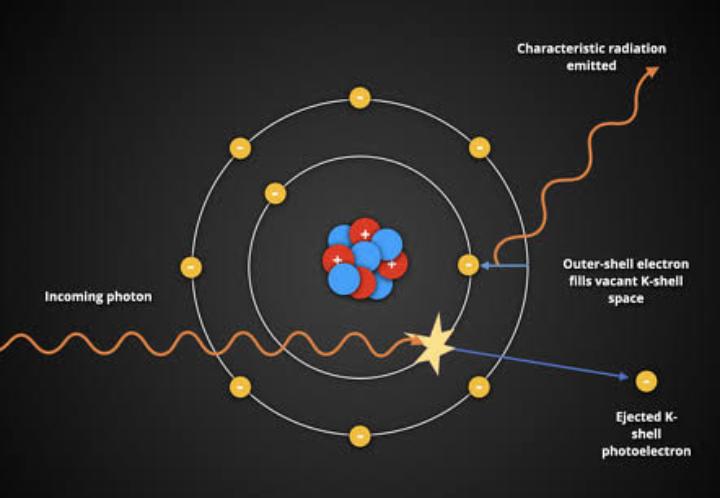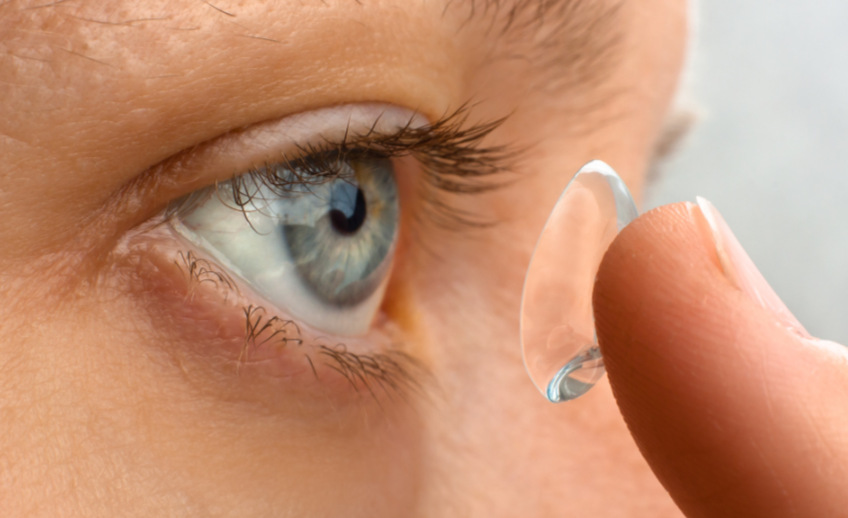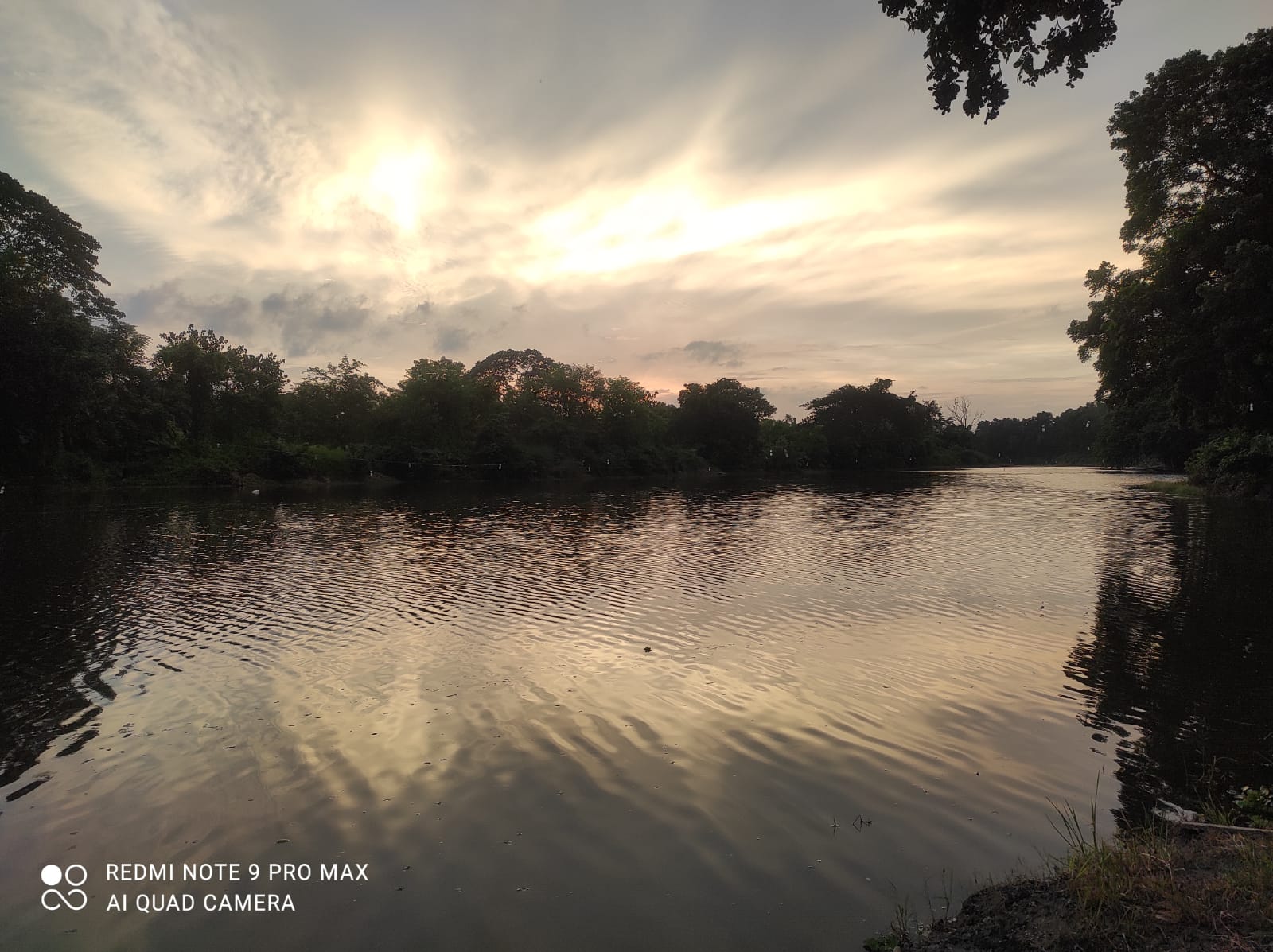The facts we need to know about radiometry, that radiometry is the science of measurement of optical radiation at any wavelength, based simply on physical measurements. Radiant energy cannot be measured quantitatively directly, but must always be converted into some other form such as thermal, electrical or chemical. Radiometry applies over the entire electromagnetic spectrum, not just the optical region.
All the terms used in radiometry are defined in terms of energy.
In principle, radiometry concerns the measurement of the electromagnetic wave or radiations produced when photons oscillate. The amount of energy carried by the photons, and in turn the “color” of the radiation, is determined by the frequency of these waves or the wavelength. The complete electromagnetic range extends from X-rays to the deep UV, through the visible light spectrum, and to the far infrared (IR) and further into microwaves and radio waves. Radiometric measurements in the UV, visible light, and the near-IR form 250 to 2500 nm are supported by avantes instruments.
Radiometry is the field the measurement of any electromagnetic radiations, in particular light.
Foreshortening is a phenomenon in which a source or patch of surface which is tilted with respect to the direction in which the illumination in travelling, it “looks smaller” to a patch or the source respectively.
Radiance is the amount of energy travelling at some point in a specified direction, per unit time, per unit solid angle. It is a function of position and direction. It is constant along straight line.
The human visual system responds to the light is the electromagnetic spectrum with wavelengths ranging from 380 to 770 nm. We see light of different wavelengths as a Continuum of colors ranging through the visible spectrum: 650 nm is red, 540 nm is green, 450 nm is blue, and so on.
The sensitivity of the human eye to light varies with wavelength. A light source with an irradiance of one watt/m^2 of green light, for example, appears much brighter than the same source with an irradiance of one watt/m^2 of red or blue light.
Radiometric data collection is achieved with a detector in a spectrometer collecting photons and converting them to an electrical charge based on a known relationship. Radiometric quantities, such as those specified in the table below, can be determined by calibrating the spectrometer against a reference source from NIST/PTB or other standards body in such a way that the response of the detector is correlated to this absolute standard.
Radiometric Unit Symbol Definition
Radiant flux Φ The total optical power emitted from a source.
Irradiance E The flux per unit area striking a surface.
Intensity I The flux per unit solid angle from a source. (often confused with irradiance or radiance)
Radiance L The flux per unit solid angle, per unit projected area from an extended source.
Luminous Flux (Lumens) Φv Perceived power from a source weighted to the sensitivity of the human eye
Radiometric units reveals
Radiometric units reveals can be useful to give a complete account of the power of sources such as the sun, LEDs, light bulbs, and so on. This is vital since the sensitivity of any radiometric measurement system could vary depending on the variations in all components such as optical components and the detector. The process of calibration enables the absolute standard to be referred to derive calibrated radiometric units. Examples of radiometric measurement applications can be found in quite a few research project and industries.
Uses of radiometry
Radiometry, which is the measurement of electromagnetic radiation, is critically important for various environmental research works and can be applied for developing illumination sources for industrial and commercial use. Photometry is the measurement of radiometric sources as well as their interaction with our eye. Spectrometry is not measurement of absolute radiometric quantities across particular wavelength bands.
The range of spectrometers at accessories offered by avantes support even the most challenging photometric and spectrometric measurements.
